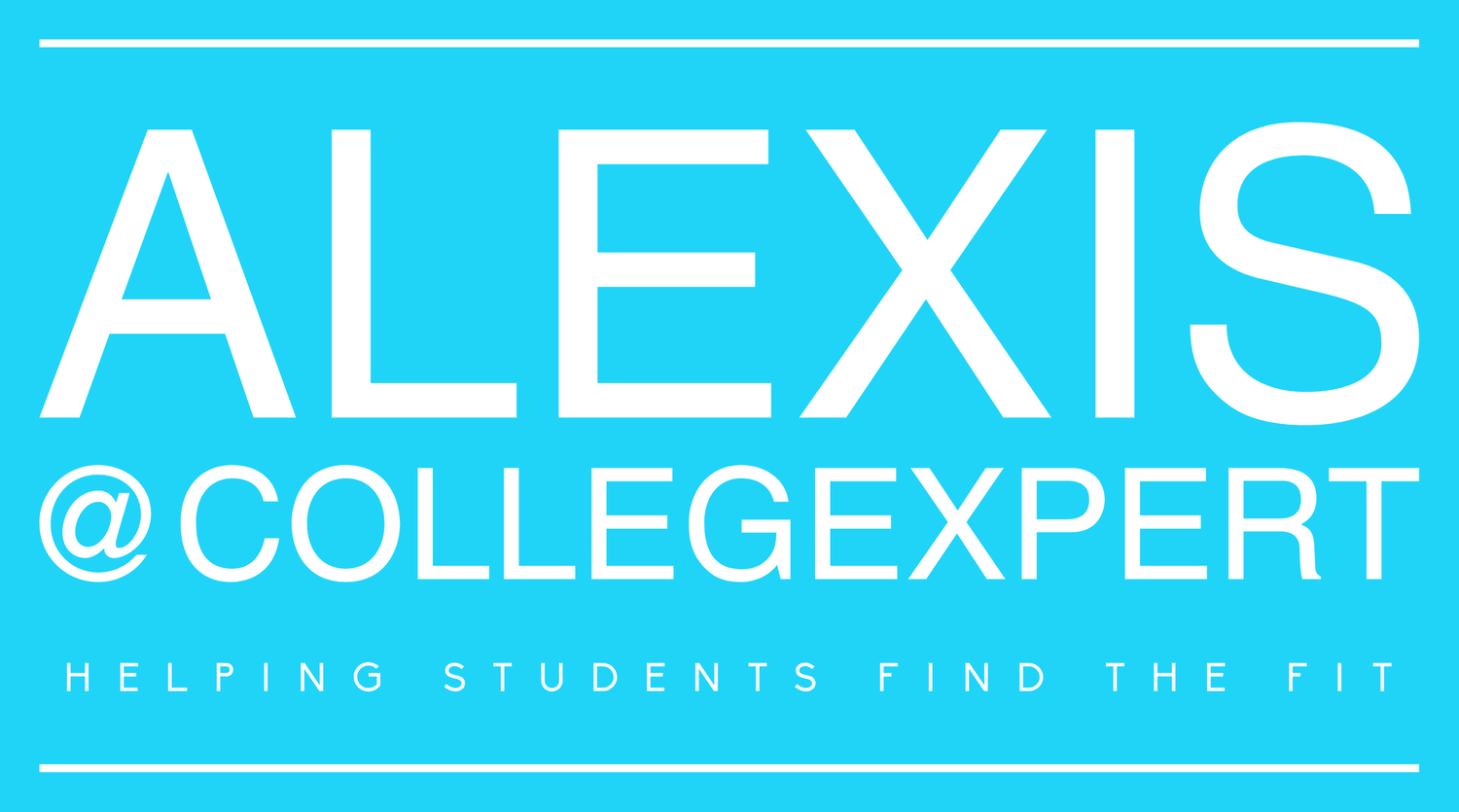Duke Hits Record-Low Acceptance as Ivy League Peers Become Less Selective
Nearly 54,000 hopeful students faced the steepest odds in Duke University's history this year, as the school's Regular Decision acceptance rate plunged to an unprecedented 3.67%. Out of 53,223 applications—the highest number ever received—Duke offered admission to just 1,953 students for its Class of 2029. This continues the university's trend toward increased selectivity, with the overall acceptance rate dropping to 4.8% from last year's 5.1%.
When you look at the acceptance trends over time, you'll notice Duke's Regular Decision rate fell from 4.1% last year, while the Early Decision rate also hit a record low at 12.8%. These numbers reflect broader changes in applicant demographics, with a 6% increase in Early Decision applications contributing to a record-high total of 59,850 applicants overall. The data shows a dramatic drop from 6.17% acceptance rate just three years ago for the Class of 2026.
The admitted class makeup shows a slight gender imbalance, with 51.3% females and 48.7% males. Duke's Trinity College of Arts and Sciences welcomed 1,552 successful applicants, while the Pratt School of Engineering admitted 401 students.
If you applied Early Decision and were deferred, you weren't alone—220 originally deferred students eventually received good news in the Regular Decision round. Many successful applicants likely utilized standardized test scores to strengthen their applications despite the increasingly competitive environment. Prospective students can leverage the university's Common Data Set to better understand these admission trends and prepare more competitive applications.
The university's commitment to accessibility is evident through its partnership with QuestBridge, which resulted in 113 students receiving full-ride scholarships. This program specifically targets low-income students, helping increase diversity at selective institutions through thorough financial aid packages. Applicants with outstanding letters of recommendation often gained an advantage by providing deeper insights into their character and potential.
Duke has also expanded opportunities through the Carolinas Financial Aid Initiative, offering full-tuition scholarships for students from families earning less than $150,000 in North and South Carolina. In such a competitive landscape, working with a private counselor can provide applicants personalized guidance on crafting standout applications that highlight their unique strengths.
For those trying to understand what drives Duke's increasing selectivity, you should consider several factors. The admissions team evaluates academic performance, extracurricular involvement, and personal essays, all while steering through changing application demographics influenced by the university's recruitment efforts.
Technology has also transformed how applications are processed, making it easier for more students to apply. What makes Duke's trend particularly notable is how it diverges from some Ivy League institutions, which have seen slight decreases in selectivity.
While Duke continues to raise its admissions bar, some peer institutions have become marginally more accessible to applicants. If you're planning to apply to Duke in future cycles, prepare for continued competition.
The record-breaking numbers suggest the university's prestige continues to grow, attracting more qualified applicants each year and making that coveted acceptance letter increasingly difficult to secure.

